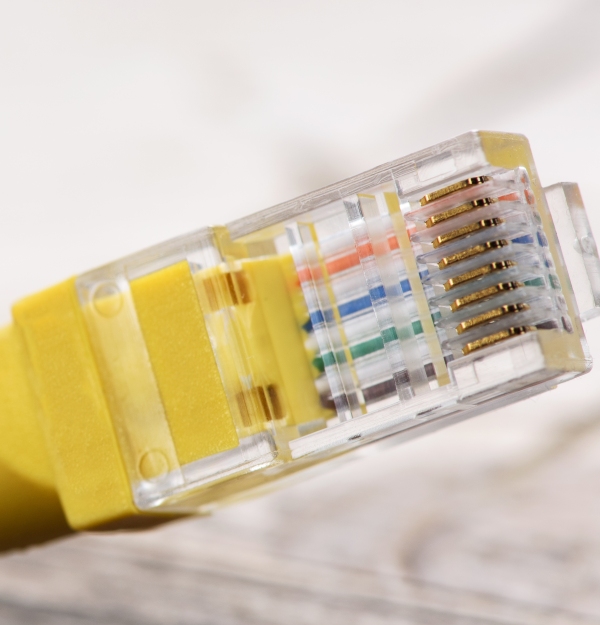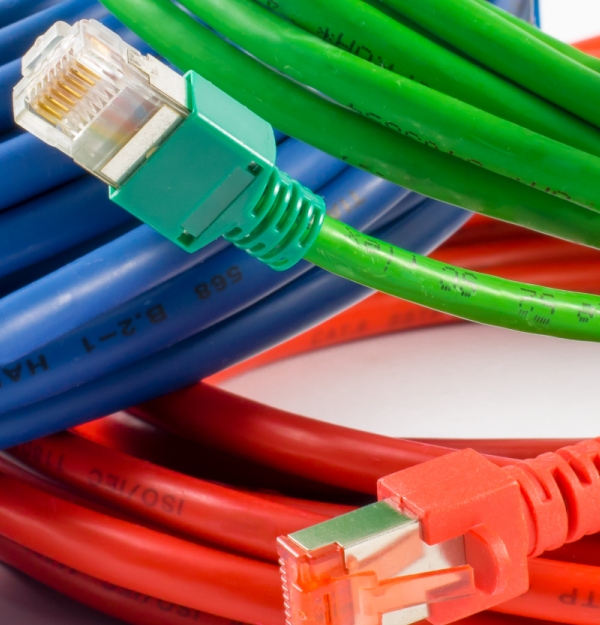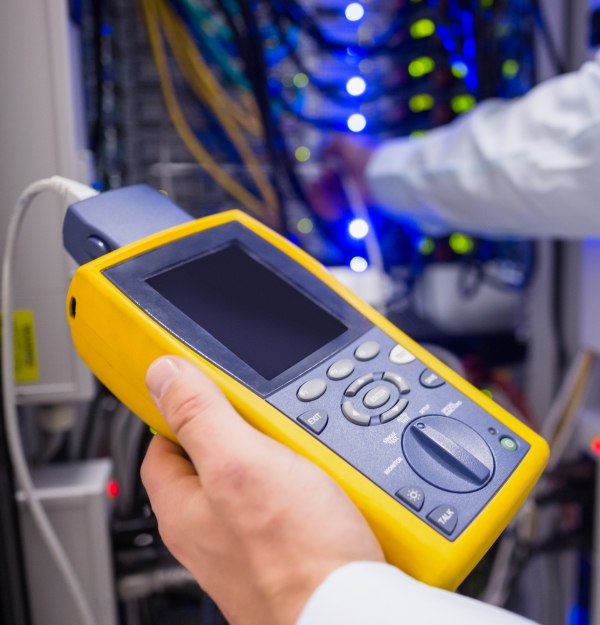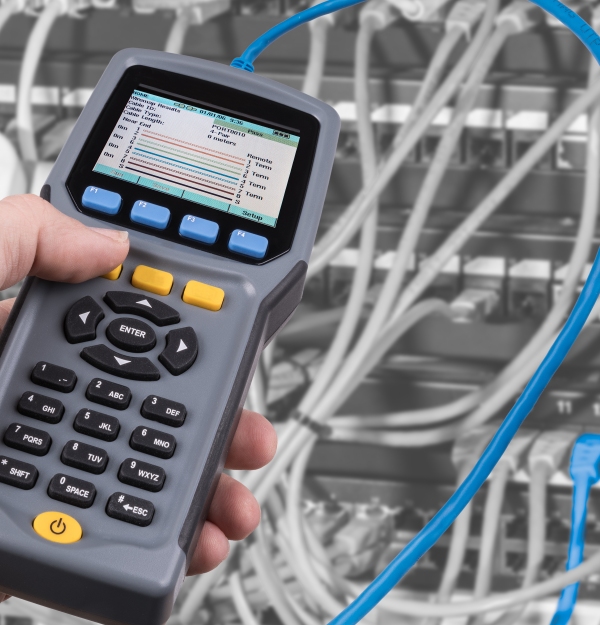
DATA CABLING
We Install
Professional Data Cabling
Copper Cabling Systems
Cat 5E, Cat 6 & Cat 6A Cabling
For new installations, the decision to use Category 5E, 6 or 6A cables to install your Ethernet network comes down to cost, data transfer speed and connection distance. For most companies, a 1Gbs connection will be more than sufficient, for example you can download around 40 Ultra HD Movies in an hour on a 1Gbps copper cable.
If you want to go faster, Cat 6 & Cat 6A offers higher speeds but the cost of the cable and installation is higher. If you wish to install data cabling outdoors, you will need a outdoor or duct grade cable.
Existing Installations
For existing infrastructures, you are limited to the technology you have in place. If new patch panels are required, its worth investing in the latest cabling technology.

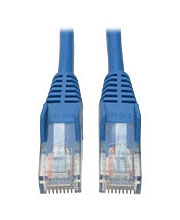
Cat 5e Speed
Up to 1 Gbps Max.
Cat 5e (Category 5 enhanced) is the least expensive, it was standardised in the year 2000 and it is found on the majority of early installations. Cat 5e is the slowest – it supports data transfer speeds up to one Gigabit per second (Gbps) at 100 MHz up to 100 Metres). Crosstalk among the wires within the cable is reduced, resulting in less interference and less chance of transmission error.
It will provide capable performance for most of today’s applications but Cat 5e leaves less opportunity for upgrading in the future.

Cat 6 Speed
Up to 10 Gbps Max (50 Metres Maximum).
Cat 6 is faster than Cat 5e and the cost is more expensive. It is also limited by distance. Cat 6 supports data transfer speeds up to 10 Gbps at 250 MHz with even less crosstalk interference, due to the cable’s improved insulation. However, its 10 Gbps speed is effective only up to 50 Metres. Despite this limitation, Cat 6 cabling is more qualified to handle the fast pace of Gigabit Ethernet networks.
It’s likely Cat 6 will eventually replace HDMI as the audio/video transmission standard in the future.
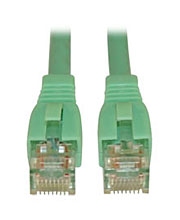
Cat 6A Speed
Up to 10 Gbps Max.
For a long term copper Gigabit Ethernet network, Cat 6a (Category 6 augmented) is the right choice. It’s more expensive than Cat 5e or Cat 6, but the hardware you’ll be connecting to your network will only become more sophisticated—not less—as technology grows. Cat 6a supports the same 10 Gbps transmission speed as Cat 6, but up to 100 Meters and at 500 MHz. Crosstalk is virtually eliminated.
If you are installing this type of network, you need a certified professional to install this, and a certified data test is a must.
We Start With A Five Stage Process
Network Analysis
Network Design
Detailed planning and anticipation of your immediate and future network requirements. A full site survey mapping existing and proposed hardware and connection locations based on the most suitable media for your network.
Network Implementation
A fully managed Cat5A, Cat6 or Cat6A cabling infrastructure installation based on your design requirements – carried out by our fully trained engineers at a time to suit and cause least disruption.
Network Management
Full training relating to general network housekeeping procedures, plus a comprehensive set of network management tools, designed to leverage the highest levels of performance from your installation and provide efficient system diagnosis. Once installed, we test and certify the installation to industry standards and provide comprehensive installation documentation, full training and familiarisation with the system.
Network Testing
As well as the Certification & Testing of our own network installations, we offer third party installation testing of clients network installations. Unfortunately many cabling companies do not undertake performance testing when they install cabling systems & many faults can develop on entire systems when cabling systems do not perform correctly. These can be costly – in both the time taken to detect; and the loss of data or the downtime caused when the system fails.
